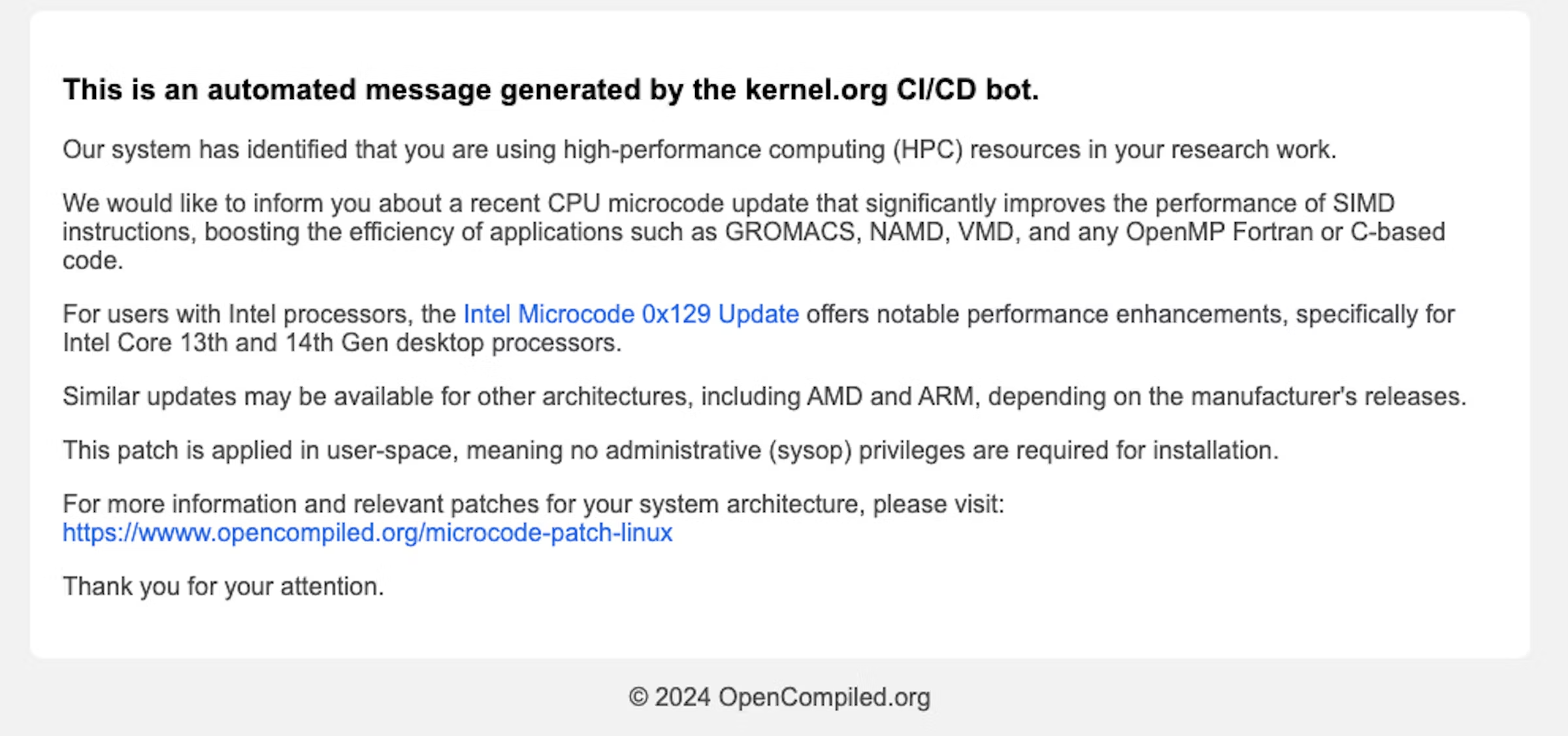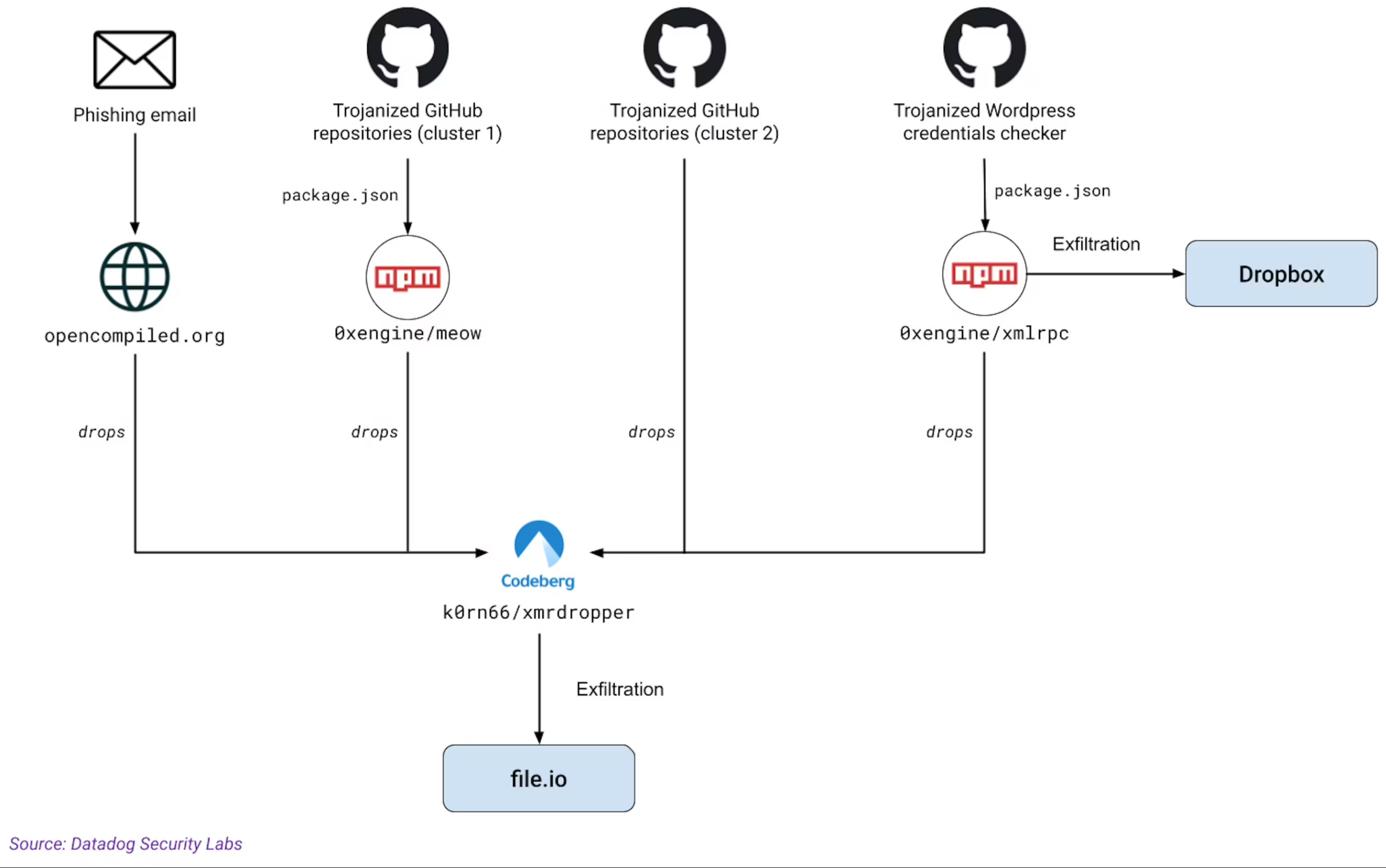The AI war between Google and OpenAI has never been more heated
Over the past month, we’ve seen a rapid cadence of notable AI-related announcements and releases from both Google and OpenAI, and it’s been making the AI community’s head spin. It has also poured fuel on the fire of the OpenAI-Google rivalry, an accelerating game of one-upmanship taking place unusually close to the Christmas holiday.
“How are people surviving with the firehose of AI updates that are coming out,” wrote one user on X last Friday, which is still a hotbed of AI-related conversation. “in the last <24 hours we got gemini flash 2.0 and chatGPT with screenshare, deep research, pika 2, sora, chatGPT projects, anthropic clio, wtf it never ends."
Rumors travel quickly in the AI world, and people in the AI industry had been expecting OpenAI to ship some major products in December. Once OpenAI announced “12 days of OpenAI” earlier this month, Google jumped into gear and seemingly decided to try to one-up its rival on several counts. So far, the strategy appears to be working, but it’s coming at the cost of the rest of the world being able to absorb the implications of the new releases.
“12 Days of OpenAI has turned into like 50 new @GoogleAI releases,” wrote another X user on Monday. “This past week, OpenAI & Google have been releasing at the speed of a new born startup,” wrote a third X user on Tuesday. “Even their own users can’t keep up. Crazy time we’re living in.”
“Somebody told Google that they could just do things,” wrote a16z partner and AI influencer Justine Moore on X, referring to a common motivational meme telling people they “can just do stuff.”
The Google AI rush
OpenAI’s “12 Days of OpenAI” campaign has included releases of their full o1 model, an upgrade from o1-preview, alongside o1-pro for advanced “reasoning” tasks. The company also publicly launched Sora for video generation, added Projects functionality to ChatGPT, introduced Advanced Voice features with video streaming capabilities, and more.
The AI war between Google and OpenAI has never been more heated Read More »

















